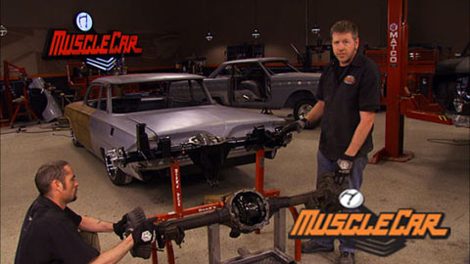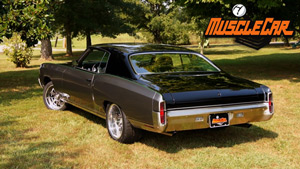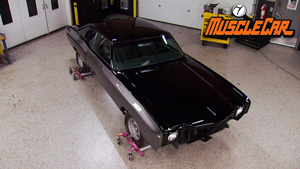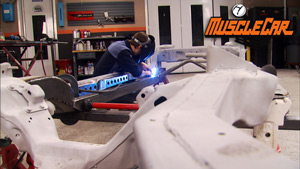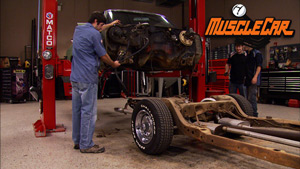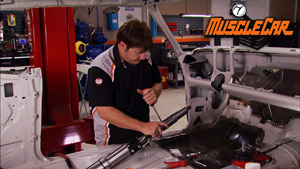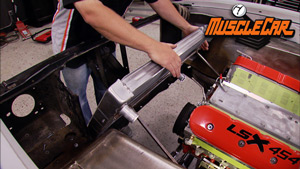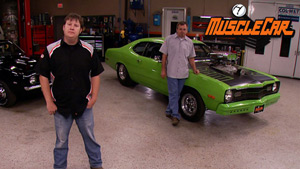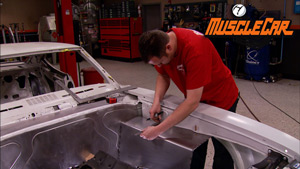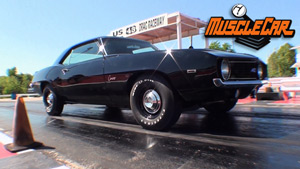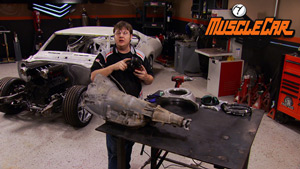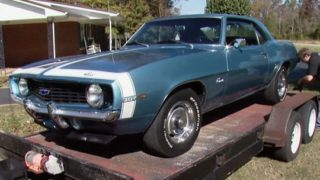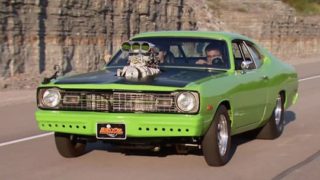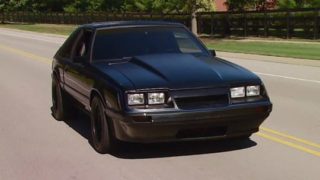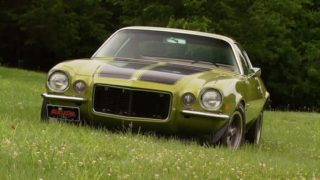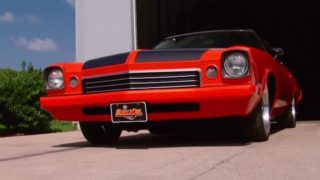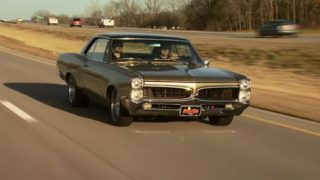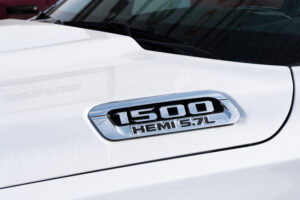MuscleCar Builds
Want more content like this?
Join the PowerNation Email NewsletterParts Used In This Episode
Be Cool, Inc.
Custom aluminum radiator and cooling fan assembly.
Chevrolet Performance
LS7 small block 7.0 liter 505 hp and 470 ft/lb torque, complete with wiring harness for ignition, fuel injection, and drive by wire throttle pedal assembly.
Detroit Speed & Engineering
Billet aluminum hood hinges for fiberglass hoods.
Detroit Speed & Engineering
Detroit Speed and Engineering Rear wheel tub kit.
Detroit Speed & Engineering
QUADRA Link four link rear suspension, coilover shocks by Koni and coilover springs, QUADRA Link rear housing brackets welded to DTS rear axle housing, Subframe connectors.
Drive Train Specialist
Custom 12 bolt housing with Eaton posi, Moser axles, and c-clip eliminators.
Peterson Fluid Systems
Two gallon dry sump tank and breather tank with mounting brackets.
Russell Performance
12 in hose ends and -6 AN hose ends and braided stainless lines.
Spectre Performance
MAF Sensor adaptor tube, various bends and connections to make a custom intake, complete with filter.
TCI Automotive
4L60E Super Street Fighter with LS bell-housing, 10" torque convertor, locking dipstick, performance cooler, TCU and wiring harness.
